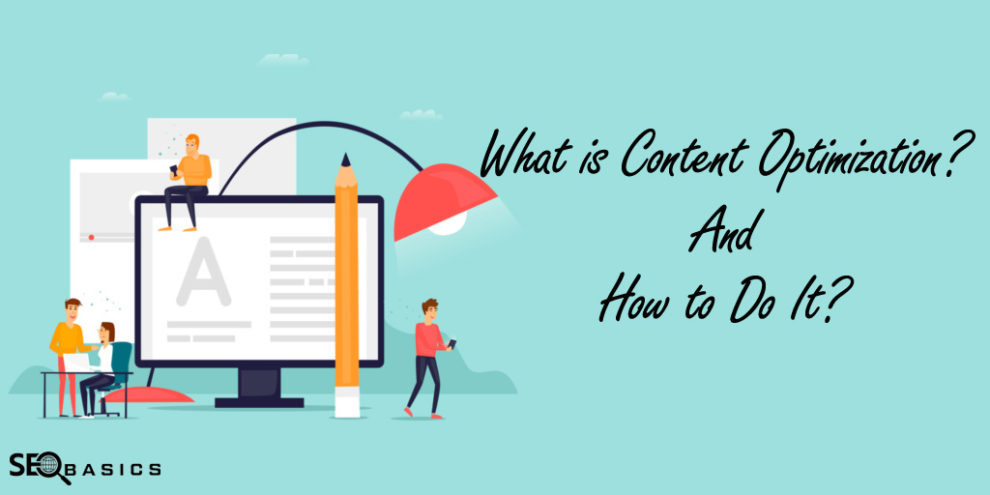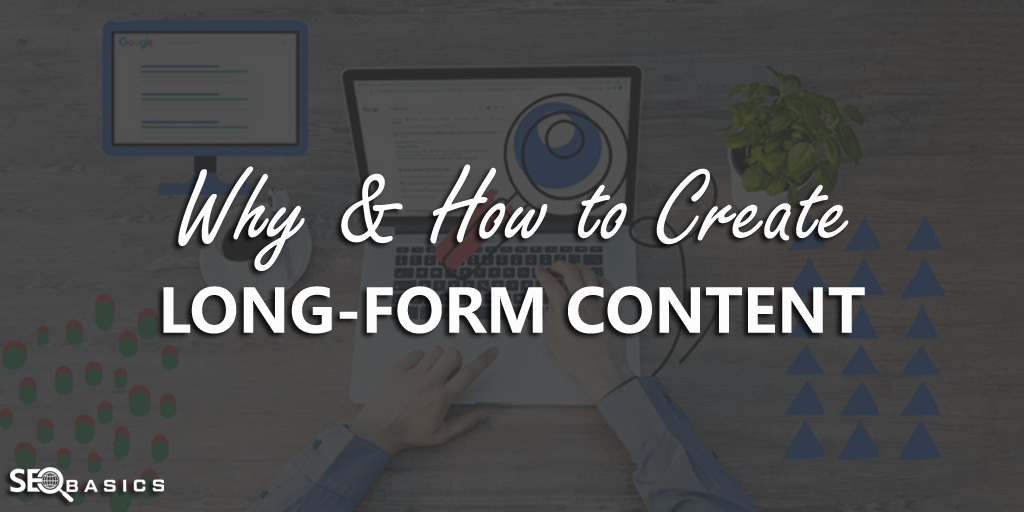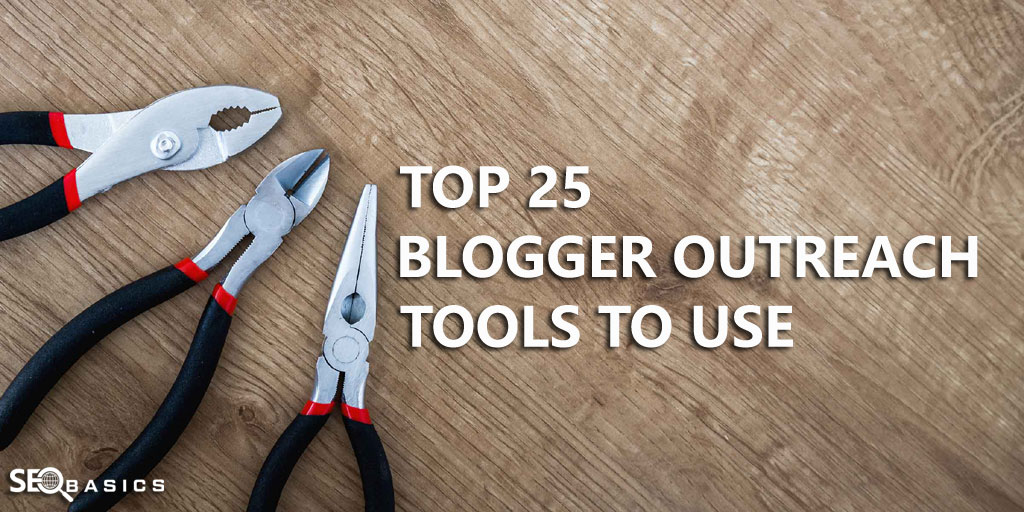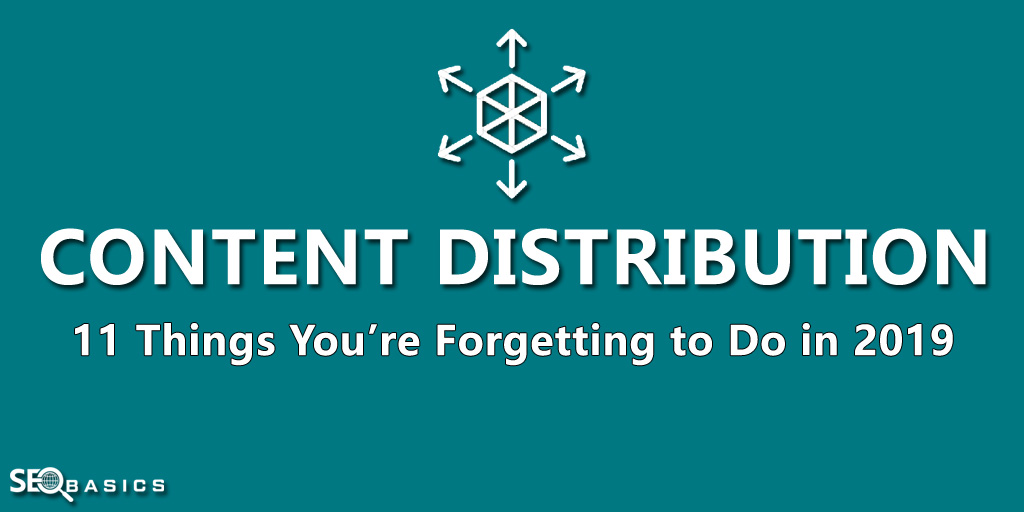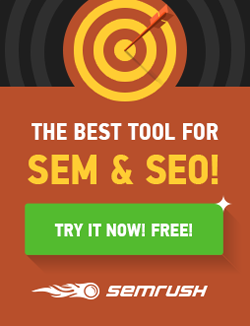In today’s post, you will learn about what is content optimization and how to do it in 2021.
Let’s start.
Arguably, the content you create is the most critical aspect of your digital marketing activities.
Not only does content help you develop trust and interact with your target audience, but it also serves as fuel for your other marketing strategies.
The importance of content leads us to the need for optimizing the content.
Which, in turn, raises the question of “What is Content Optimization?”
Content Optimization is the method of ensuring that content is published in a way that it can reach the highest target audience possible.
The content optimization process should involve establishing that related keywords are present, adding meta and title tags, and links that are appropriate.
Along with that, it makes the pages of your website more appealing to search engines and users.
The method seeks to transform keyword research into text that can affect the ability of your site to perform well in the results of organic search.
Content optimization works by making improvements to the text, structure, and metadata of your content so that search engines receive clear signals that it is helpful.
How to do Content Optimization
When it comes to optimizing your content, the very first thing that you should know is what is Content Optimization, there are many variables to bear in mind, including tweaks for text, pictures, and social sharing, and new tactics that we will walk through in-depth.
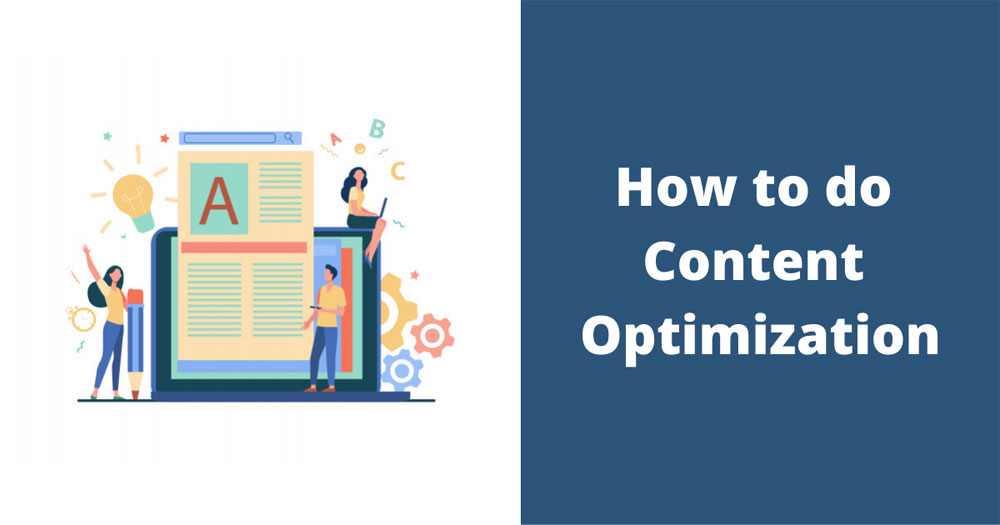
But identifying your purpose and analyzing what it takes to achieve that aim are the first and most critical steps.
1. Creating New and Quality Content
There are no shortcuts to a high search engine rating, so the content has to be great to get there.
The fresher it is, the more the search engines enjoy new content.
The more likely your blog will receive better search rankings if you are publishing new content consistently, the more likely it is.
Another way to do this is by upgrading older content so that it remains new and fresh, clearly telling search engines that you’ve updated it.
2. Optimizing Tags
(a) Title Tag:
A title tag tells the web page title to search engines.
This is shown for any given search result as the clickable headline.

The title tag should be 50-60 characters long and written as follows: Primary Keyword – Secondary Keyword – Brand Name.
It’s important to remember that there’s no need for the title tag to fit your article title or web page.
It is otherwise referred to as the tag for H1.
Title Tag Code: <head><title>Example Title</title></head>
(b) H1 Tag:
An H1 tag shows the heading of your webpages and allows search engines to recognize the content on that page.
Headers have the same hierarchy as a fundamental outline, nesting under each other as the headers get smaller.
For search engines to decide what your content is all about, the H1 tag is the most important one.
A good H1 tag should be the same or only marginally different from the page title, include your target keyword, and used only once per page.
H1 Tag Code: <h1>TITLE</h1>
(c) H2 Tag:
Apart from one, almost everything that corresponds to the H1 tag applies to the H2 tag – don’t overuse them.
They should be useful and clearly convey important information to your viewers every time they come up.
H2 Tag Code: <h2>SUBTITLE</h2>
(d) Meta Description:
A meta description is the short text fragment below the title tag that appears in the search engines.

The meta definition should be between 155-160 characters and must be a summary of the webpage to which it leads.
You should think of your meta description as advertorials, forcing individuals to click on your offering and visit your website.
Meta Description Code: <head> <meta name=”description” content=”Text that will appear in search results”></head>
3. Search Engine Friendly URL and Targeted Keyword Insertion
The URL of your website also offers descriptive details about your content to search engines.
It should be transparent and meaningful, and relevant keywords should also be included.
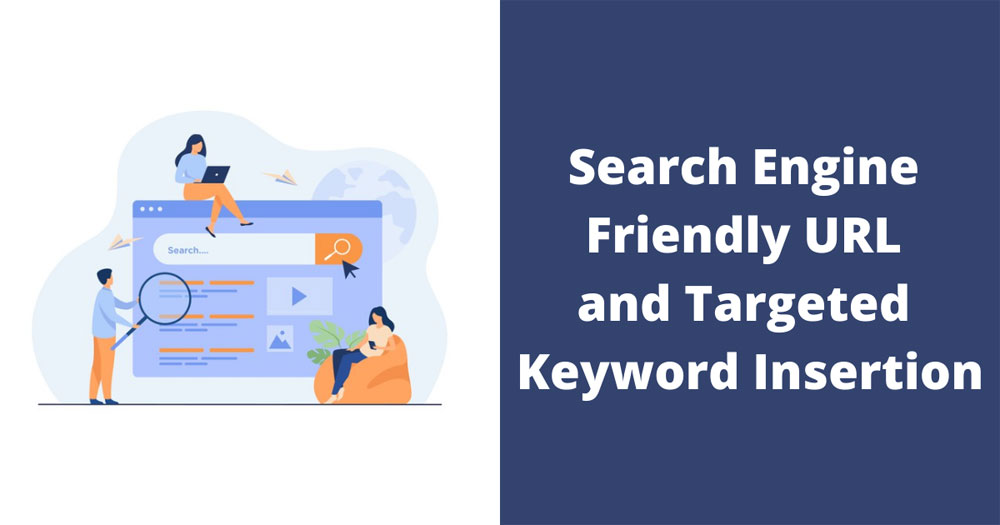
This also means that your URL might not be precisely the same as your article or page’s title.
In the first paragraph of your post, the primary target keyword for your piece of content should appear in an appropriate and natural way.
4. Optimizing Images
The images on your page are not capable of talking to algorithms on their own, but they can talk to people.
First and foremost, images should be valuable and engaging.
Once they’ve been selected, they should be properly tagged to make sure that search engines acknowledge them.
(a) Alt Tags:
The commonly used term alt tag is incorrect; it should be ‘alt text’, ‘alt attributes’, or ‘alt descriptions.’
These describe the function or appearance of your image to let search engines know what it’s all about.
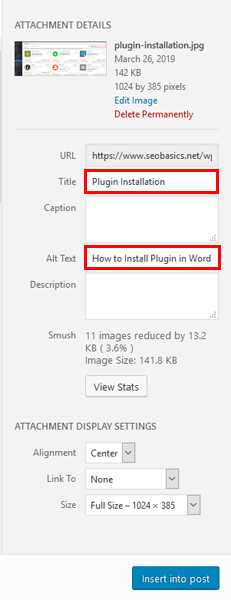
This is another area where keyword stuffing should be avoided.
Alt tags should define the picture accurately and appropriately.
Alt Tag Code: <img src=”pupdanceparty.gif” alt=”Puppies dancing”>
(b) Image Tags:
The words that appear when you hover over an image are indicated by image tags and help the user understand its meaning.
It should contain appropriate keywords, as well as alt text, and prevent keyword stuffing.
Image Tags Code: <img src=”URL” alt=”text“>; XHTML:<img src=”URL” alt=”text” />
5. Optimizing Videos
Search engines aren’t just for posts, but for videos as well.
The way you describe your video content to search engines is vital for its visibility, similar to images, but interaction is the most vital signal for video search engines.
(a) Video Titles:
Your video title is only one aspect that tells search engines whether a person’s search question is important to your video or not.
Naturally, insert the keyword into the video title to improve the visual changes.
(b) Video Descriptions:
Essentially, video descriptions are the video equivalent of a meta description.
They should explain your video content accurately, include your target search keyword naturally, and compel individuals to press.
Note, they are your front lines for those choosing which video to watch.
Treat them like an ad copy.
(c) On-Site Optimization:
Hosting your own videos serves an SEO function, enabling you to collect more video-rich snippets on your domain search engines, customize your video player, and create backlinks to that material.
You host yourself for search queries with other media forms on the page to customize the video content.
Accompanying text or images would suffice. Hold it to one video limit as well and allow other individuals to embed it.
Use HTML5, Javascript, or Flash instead of creating a CNAME for your video files, and don’t embed your videos using iframe.
Have social media buttons and apply Google and other search engines to a video sitemap.
Apart from these steps, there are certain things to take care of before creating and posting new content.
Along with this, you need to make sure that you use tools to assist in the process of content optimization.
The Importance of Content Optimization tools are as follows:
(i) Keyword Research
You should use resources such as Google Search Console at this point to recognize search terms that present opportunities, such as those with elevated impressions.

In terms of search volume, associated searches, page authority, and keyword complexity, keyword tools such as KwFinder and Keyword Planner will give you good data.
(ii) Crawl and Process
The ability to extract data from top search outcomes.
A precise clean text extraction system will depend on key data points such as word count, links, and topics.
(iii) Topic Extraction
This refers to the ability to extract and identify topics mentioned in your clean text automatically.
At a minimum, ideas, organizations, entities, locations, and goods should be able to be extracted by this method.
(iv) Content Analysis
A content scoring feature according to subject coverage would be given by most tools i.e. how are your topics relative to top performers?).
Related subjects can be suggested in addition to subject scoring to help the user explore deeper and find ways to integrate fresh content into your text.
Tools For Content Optimization
1. Frase
For content developers, Frase is an AI-powered Research Assistant.
Currently, they provide assistance in different workflows for content analysis, including optimization of content.
Frase also suggests and summarises relevant sources that should be taken into account as part of the content refresh, in addition to rating the content and recommending topics.
2. SEMrush
Perhaps one of the easiest options for agencies and teams to begin producing SEO-friendly content is SEMrush.
This one searches all the top-ranked pages for your target keyword, like other SEO content optimization tools, and recommends adjustments such as a number of terms, words to include semantically related words, where to get backlinks from, and average readability score.
3. Clearscope
It is easy for Clearscope to get something out of the content you are already making.
The tool evaluates top-performing organic content for any keyword and provides you with a rundown of all the related words in order of importance.
Conclusion
Writing for search engines efficiently is not that different from writing for any other medium successfully.
All you need to know is what is content optimization.
Many guidelines remain the same, but the one all-encompassing rule is that writing for search engines is the best way to write in a normal, organized way for real people.
In their search query results pages, search engines are deliberately aligned to deliver the best information for human searchers, so they are continually augmented with increasingly advanced algorithms to analyze content to display the most important results from a user query.
Create quality content and optimize it effectively to gain a better audience and users.



